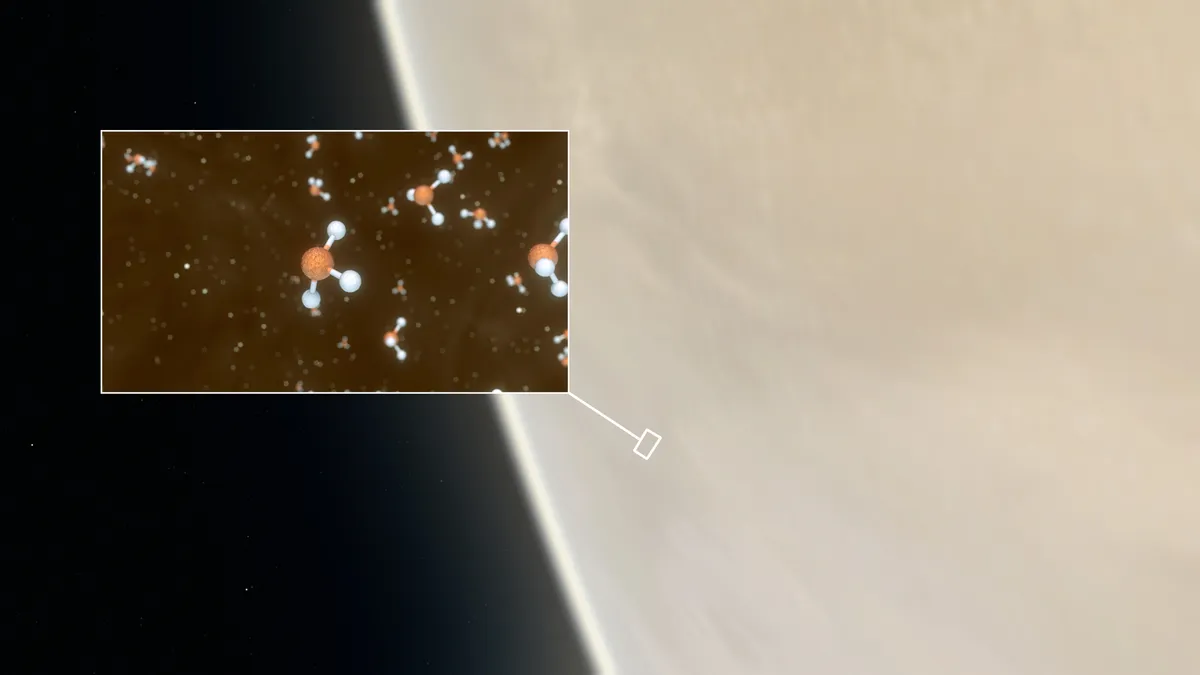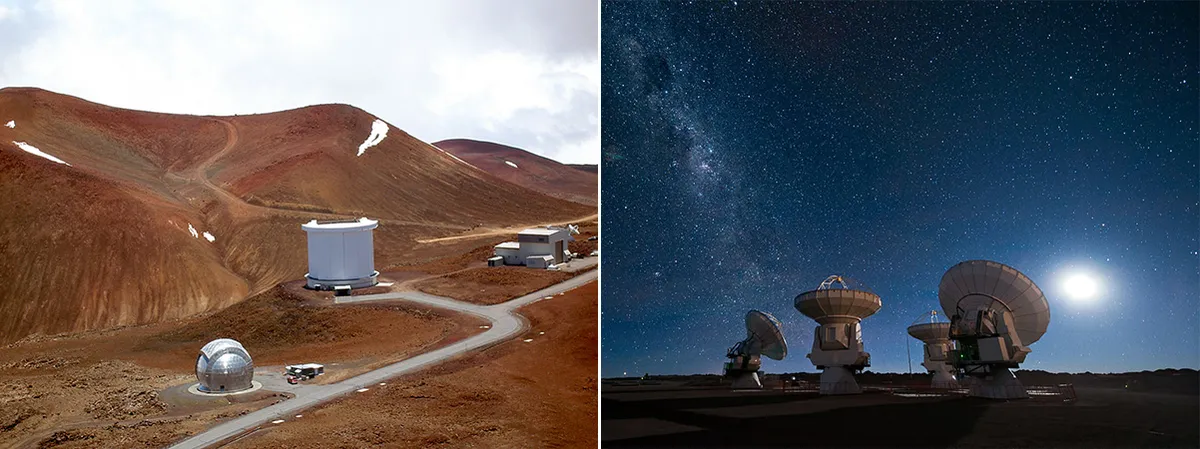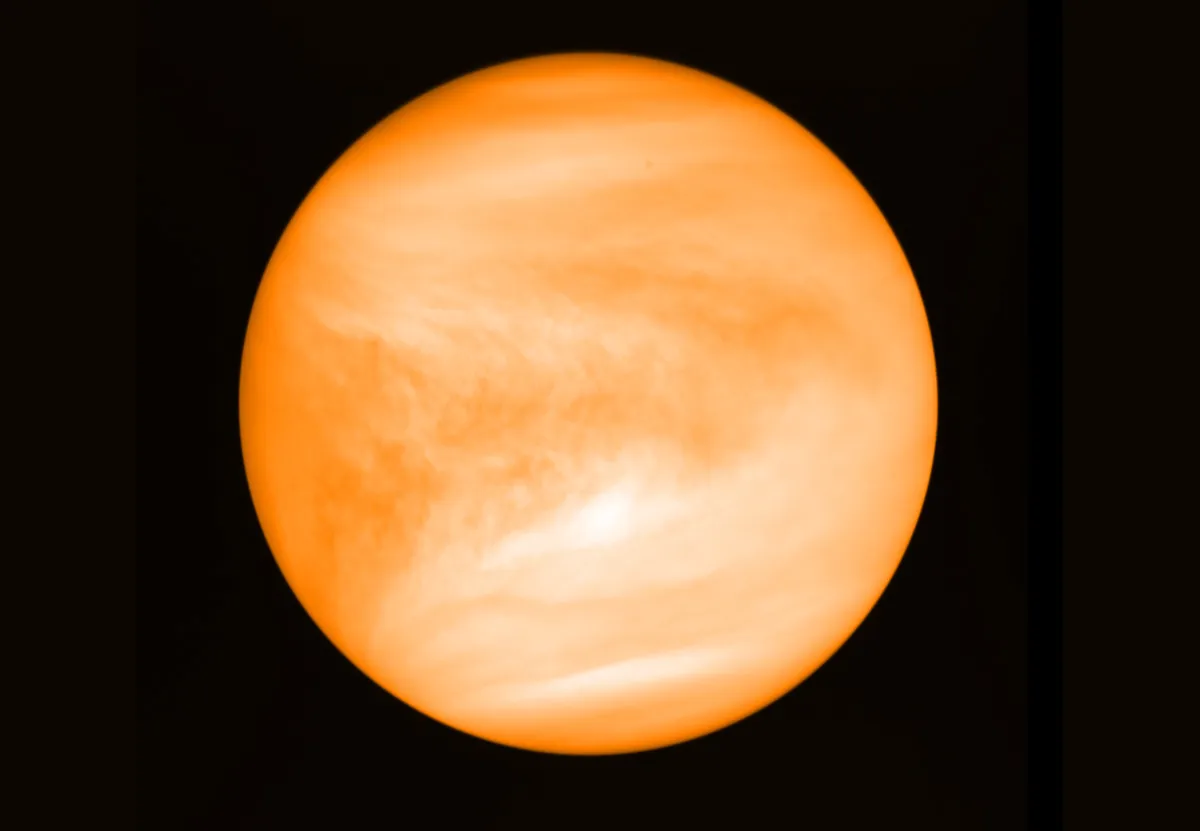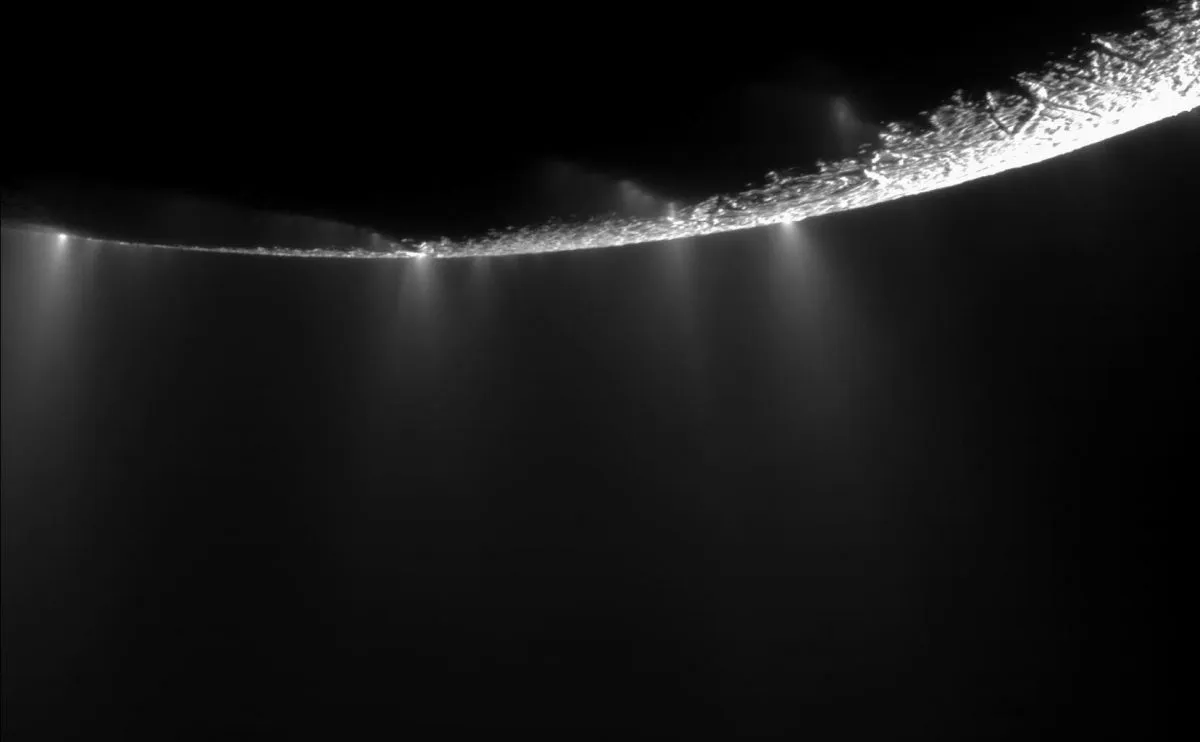Astronomers have discovered a rare molecule in the clouds of Venus that could indicate the presence of microbial life.
Venus is a scorching planet surrounded by thick, poisonous clouds, and might seem like an unlikely place to discover life beyond Earth, but a new study has found a rare molecule known as phosphine in the planet’s clouds.
On Earth, this molecule is only made either industrially or by microbes that survive in oxygen-free environments.
Read more:
Astronomers have considered the possibility of microbial life high in the clouds around Venus for decades. Such microbes could avoid the scorching temperatures below, but would still need to withstand high levels of acidity.
While there is still much analysis to carry out, the detection of phosphine molecules could be a sign that there is extra-terrestrial life on Venus.
The discovery was made by a team of astronomers led by Professor Jane Greaves of Cardiff University and is described in a new paper in Nature Astronomy.

The astronomers used the James Clerk Maxwell Telescope (JCMT) in Hawaii to detect phosphine around Venus, then turned to the Atacama Large Millimeter/submillimeter Array (ALMA) in Chile for follow-up observations.
In both cases they observed Venus at a wavelength of about 1 millimetre, enabling them to see beyond the visible spectrum detectable by the human eye.
While the results look promising for the search for life elsewhere in the Solar System, the team say there is still some information lacking, and the presence of life cannot yet be confirmed.
One team member, Dr William Bains of the Massachusetts Institute of Technology, has been looking into ways that phosphine can be produced naturally.
Examples include sunlight, minerals being blown upwards from the surface of Venus, volcanoes and lighting, but, say the team, none of these sources could produce enough to explain the amount detected in the study.

Contrary to that, in order to create the amount of phosphine observed, terrestrial organisms would only need to operate at around 10% of their maximum productivity, according to Dr Paul Rimmer of the University of Cambridge.
Microbes on Venus would be very different to similar microbes on Earth in order to survive in Venus’s extreme conditions.
Many alternative ways of producing phosphine can be ruled out by this new study, but the team say that confirmation of the presence of life on Venus is still a long way away.

Looking for life beyond Earth
The study is the latest in the search for life beyond Earth, whether it be methane on Mars or plumes erupting from subsurface oceans of icy moons like Enceladus at Saturn and Europa at Jupiter.
On Venus, dark streaks where ultraviolet light is absorbed could be explained by colonies of microbes, for example. The Japanese Akatsuki spacecraft is currently mapping these streaks to gather more information.
NASA's Discovery Program is currently considering a proposed mission to send an orbiter to study Venus's atmosphere, named DAVINCI+. If selected, it could launch in 2026.
If there is indeed microbial life on Venus, scientists appear to be getting closer and closer to confirming it.

"This was an experiment made out of pure curiosity, really, taking advantage of JCMT’s powerful technology, and thinking about future instruments," says Professor Greaves.
"I thought we’d just be able to rule out extreme scenarios, like the clouds being stuffed full of organisms. When we got the first hints of phosphine in Venus’ spectrum, it was a shock!
"In the end, we found that both observatories had seen the same thing: faint absorption at the right wavelength to be phosphine gas, where the molecules are backlit by the warmer clouds below."

MIT’s Dr Clara Sousa Silva has been considering the search for phosphine as a so-called ‘biosignature’ gas of non-oxygen-using life on exoplanets.
"Finding phosphine on Venus was an unexpected bonus!" she says.
"The discovery raises many questions, such as how any organisms could survive. On Earth, some microbes can cope with up to about 5% of acid in their environment, but the clouds of Venus are almost entirely made of acid."
Professor Emma Bunce, President of the Royal Astronomical Society, said of the discovery:
"A key question in science is whether life exists beyond Earth, and the discovery by Professor Jane Greaves and her team is a key step forward in that quest.
"I’m particularly delighted to see UK scientists leading such an important breakthrough: something that makes a strong case for a return space mission to Venus."
For more information, view the study by visiting the Nature website.
Iain Todd is BBC Sky at Night Magazine's staff writer.
